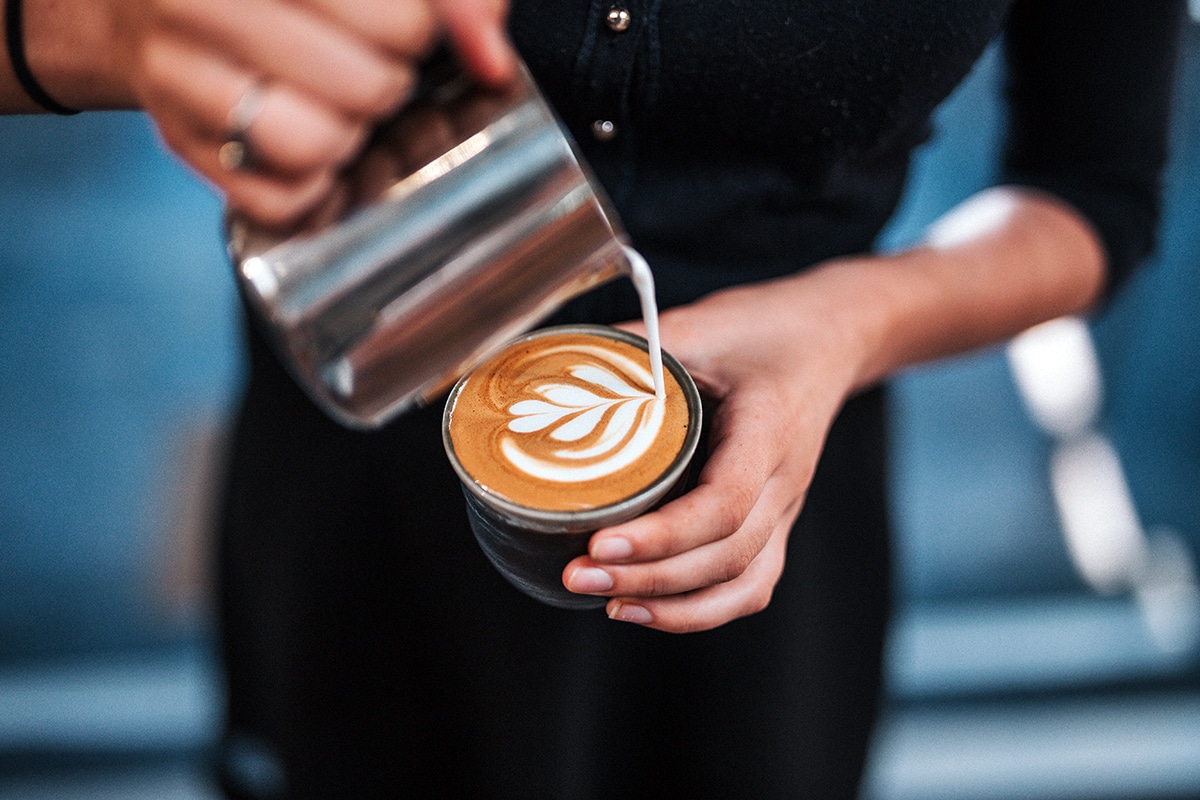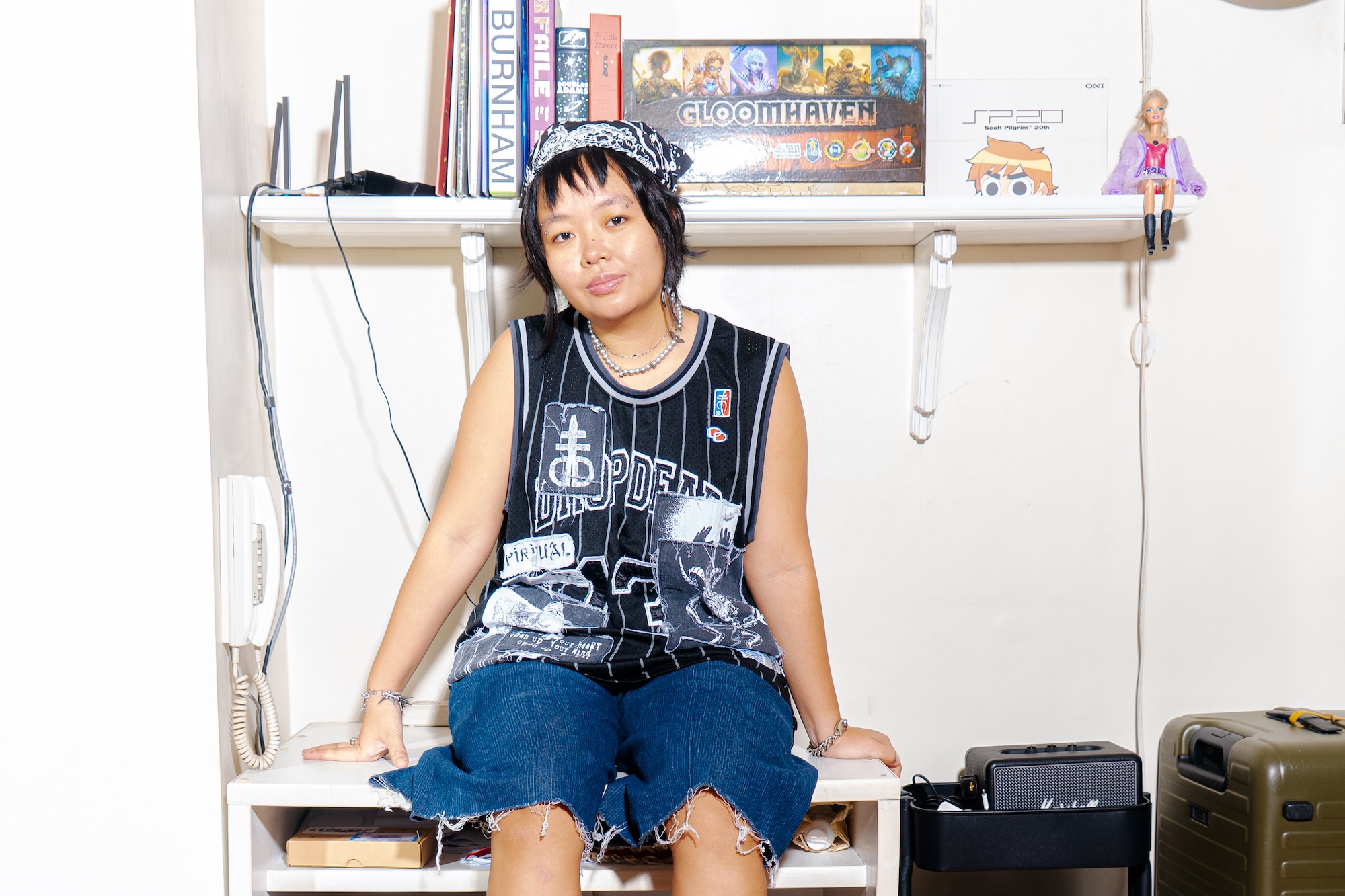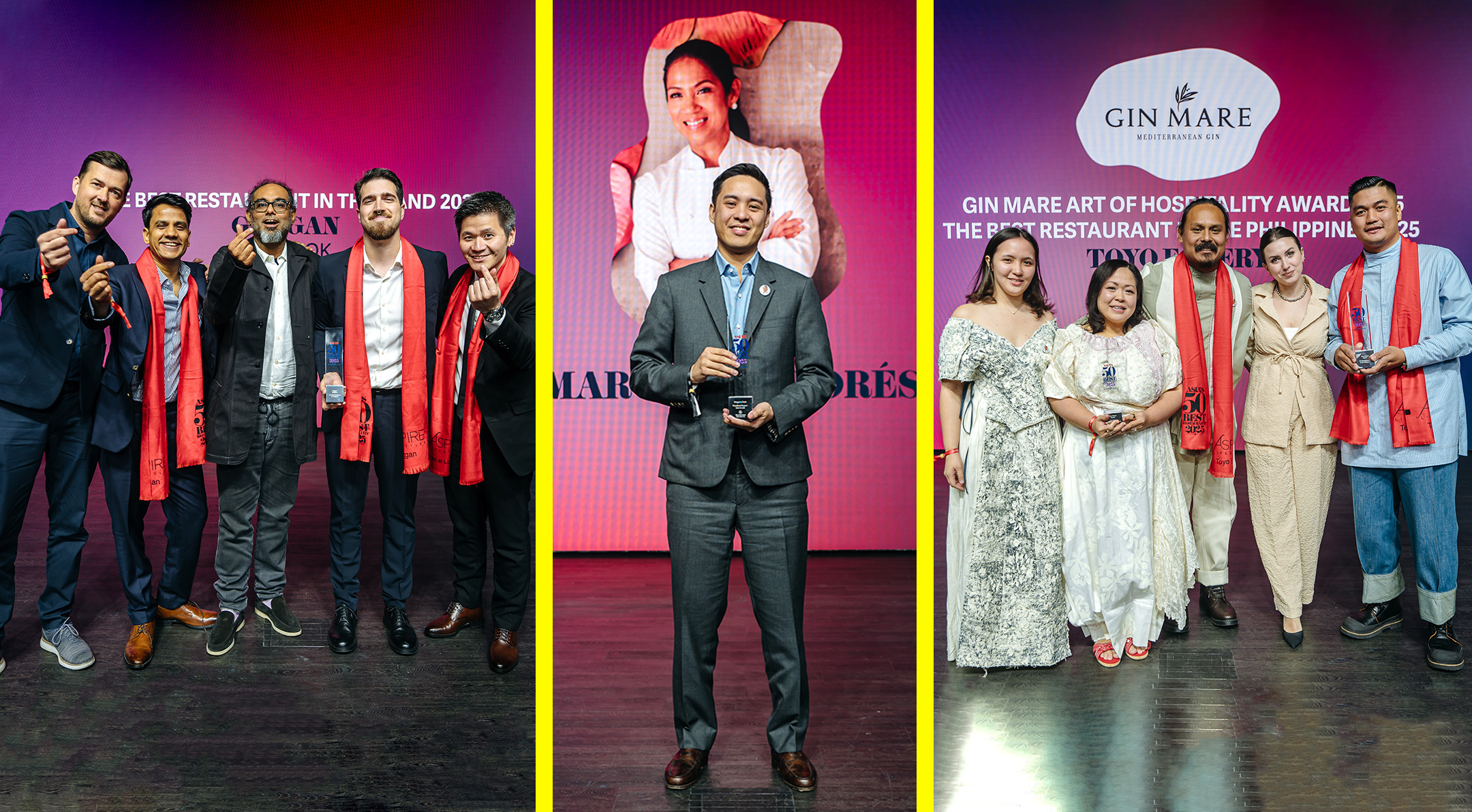The country used to be one of the world’s top coffee exporters. That’s not the case anymore
When you think of coffee as a global product, as one of the most traded commodities today, it is understandable how its industry contributes largely to the worldwide economy. That is why there is continuous research and development done on its farming, production, and product innovation.
But even with progress and breakthroughs in the international scene, our local coffee industry remains in fluctuation. Though the Philippines used to be deemed as one of the top coffee exporters, the story plays differently today.
In the era of third wave and specialty coffee that produced new methods of processing beans, it is imperative to understand where the Philippines positions itself. Given its ideal climate and topography for potentially producing quality beans, why aren’t we atop the mass exporting chain yet again? More importantly, are our cafés and drinkers supporting local farmers enough to help them keep up with the international coffee scene?
How did third wave coffee start, considering how much we are used to American instant coffee culture?
Manny Torrejon (MT): Third wave was actually a response to [the need for] better coffee: more of specialty beans, more of producer-buyer relationships, more interesting coffee. With the third wave movement, people are searching for better quality and properly processed coffee, and they also want to go back to its real source, so now, we have third wave [coffee shops] all over using different methods for making coffee. I think it’s a good development for the market and for the producers as well. As you know, the producer is the least paid of all in the coffee trade but now, we’re getting more and more involved with them. That’s a very good move for the coffee industry.
Robert Francisco (RF): It’s the response to a lot of consumers wanting to know a lot more about coffee, not only from a café standpoint but also from where the café gets its coffee. It is the rebirth of coffee from the second wave. It is also the sharing not only of where [coffee comes from] but also of how well it holds against the coffee we’ve known. Farmers take effort to grow such beautiful coffee, then here come people buying and preparing them erroneously. Even if it is a special system [of preparation], if it is prepared erroneously, you go off [from the drink’s purpose]. It really is about educating consumers on how coffee gets from the farm to their cups.
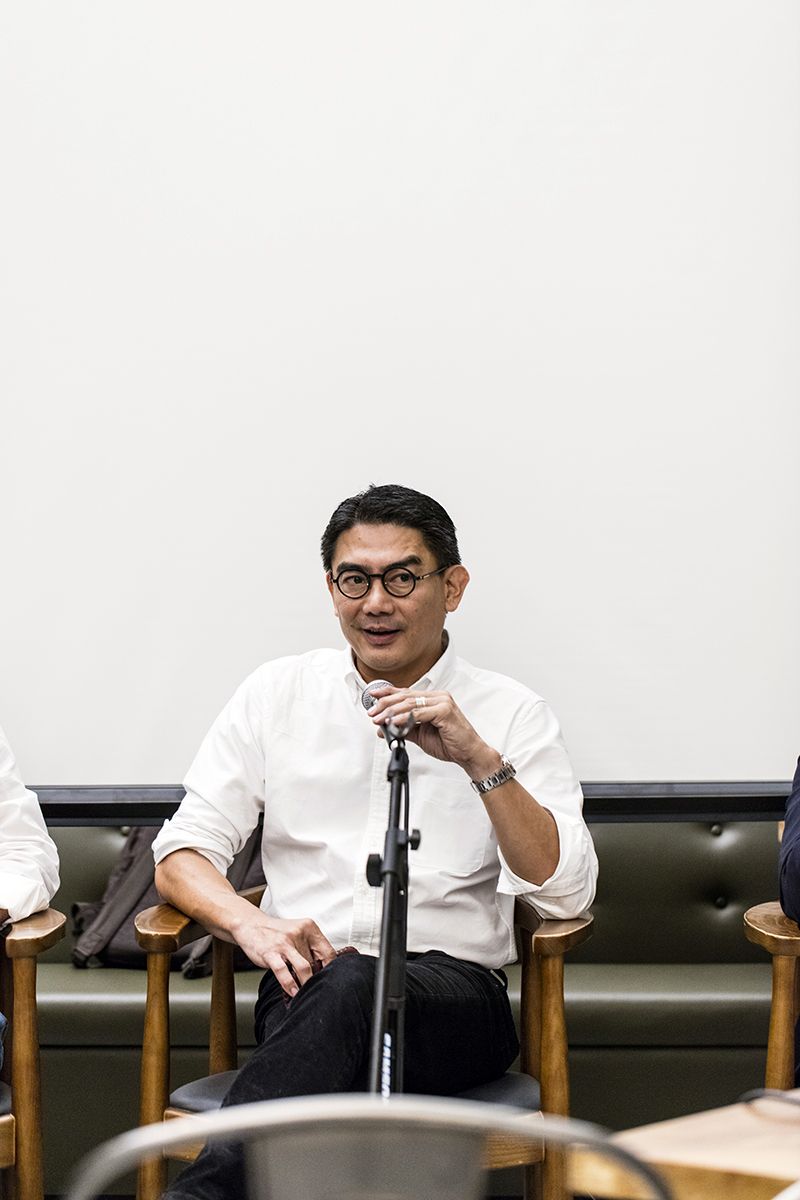
Cosimo Libardo (CL): The third wave started in the late ‘90s, early 2000s, and it was a philosophical movement meant to create a different experience for consumers, to create a much more direct relationship with farmers and producers, and to make coffee production sustainable. The coffee developed before that was much more commercial; you would look then for coffee for the caffeine and not for the flavor. The third wave has changed that game and created a new model that now is about to go to the big chains. Definitely, in that sense, it’s passed the label of a trend.
Has it been a conscious effort for you to educate consumers?
MT: The artist’s part is education. Our country is basically an instant coffee crowd so there’s a lot of room to grow, although [filling] that room will take a lot of education. I think it’s companies like UCC and Toby’s Estate that have the obligation to educate people, to raise the level of awareness of specialty coffee, and to recreate or redirect the palate of the local market because basically, it is currently geared towards instant or Robusta coffee.
If you want to redirect their tastes towards more specialty [coffee], you need to do a lot of tasting and a lot of research. Once you start educating people, slowly, you’ll see things changing. With a lot of new market players coming in, and new varieties and new kinds of processing and roasting available, the market is changing altogether.
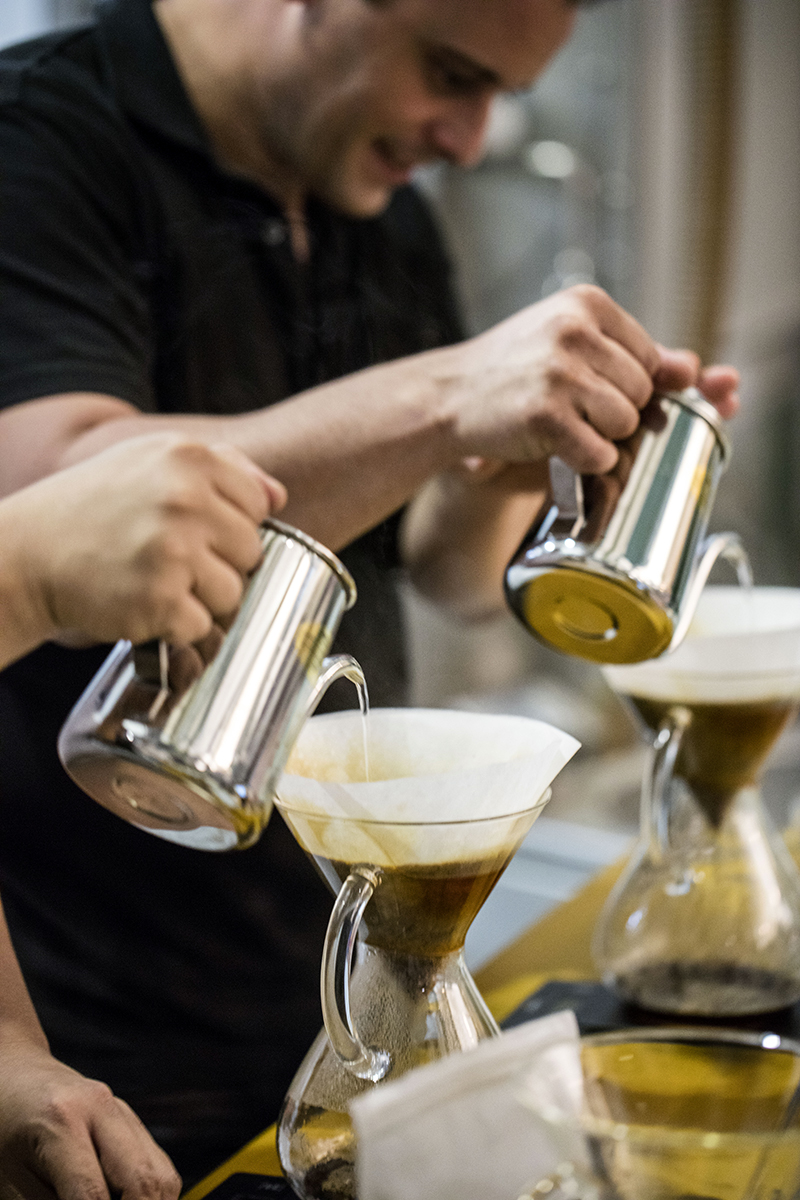
Let’s concentrate on coffee produced in the Philippines. How does it compare with coffee that is well-known around the world? And how far do we have to go to improve the quality?
MT: Coffee is coffee, whether it’s Arabica or Robusta; it’s how you process it [that makes a difference], so you grow it properly, fertilize the plant, and harvest it. What happens after harvesting is very critical. If you over ferment the coffee cherries or if you don’t dry them properly, then it becomes a destroyed crop.
As you know, Philippine coffee has always been a backyard industry. The production has been very erratic and processing has been very spotty. We don’t really process coffee properly; we just dry it out in patios. We don’t sort the beans, we don’t even harvest the cherries properly, and so we end up with really poor quality coffee. But there are movements in the Philippines now; Kalsada, for example, is doing a good job. We have people going up to the farms and starting their own processing. I think that’s going to change the quality of Philippine coffee in the future.
“Coffee is coffee, whether it’s Arabica or Robusta; it’s how you process it [that makes a difference], so you grow it properly, fertilize the plant, and harvest it. What happens after harvesting is very critical,” says Manny Torrejon
RF: Unfortunately, we’re very far behind in terms of quality and volume but there has been exporting done, not just based on the quantity but on the quality as well—and that gets some backyard farming to the bank. Still, these are very miniscule compared to those of other countries; if you’re talking about exporting big quantities, we’re far behind.
There are small farms that are brewing their own coffee, doing infused fermenting or artificial sugar enhancement. They have elevated drying beds and are using wine technology [in their method], placing rocks under the drying beds to retain heat. We may be behind, but there are efforts being done.
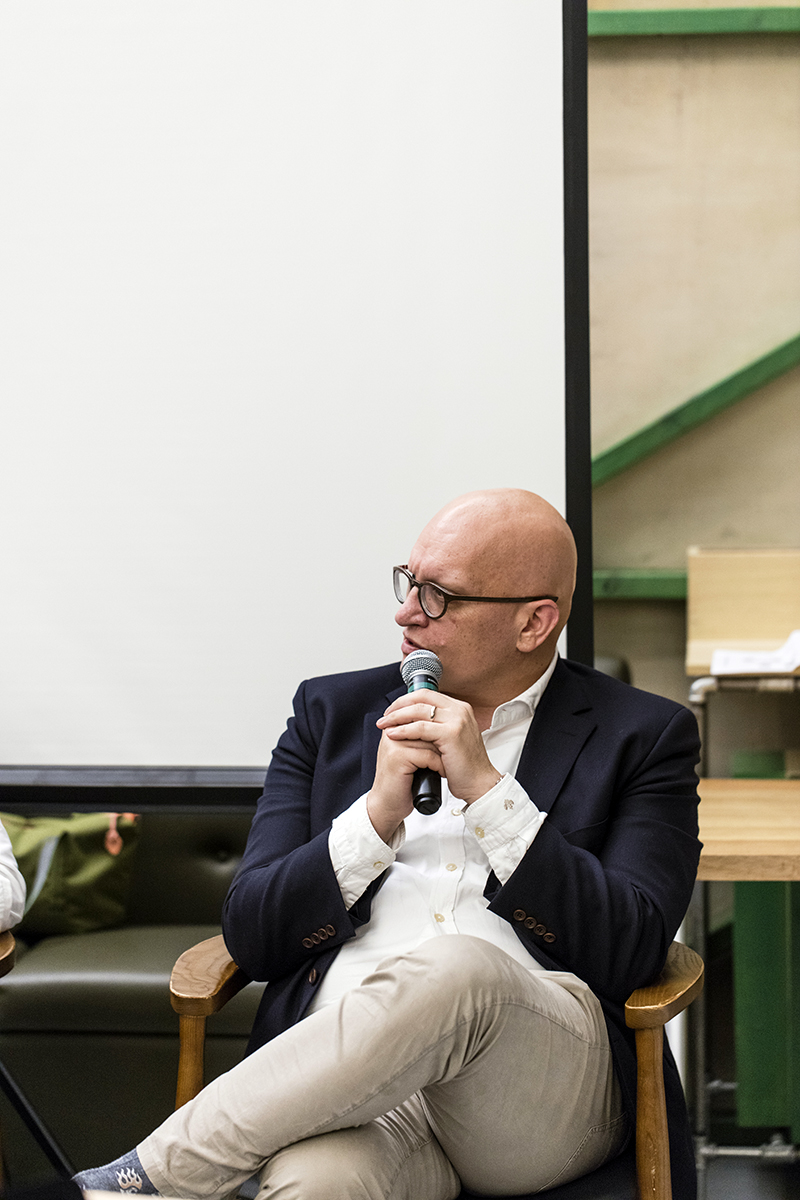
CL: Some countries are more successful than others because they’re the ones with the right social model. Also [we should consider] knowledge in terms of the farmers’ professional training and the setting of the benchmark for product consistency. There is a lot of potential here; you’ve got the right climate, for one. I come from Italy. We’re good at importing and exporting coffee, but we cannot farm it. The Philippines can though and a lot of progress can be done in terms of marketing, consistency, and a better product.
When we think of third wave, we also think of an industry that is concerned about giving equitable profit to the farmers and not just the big chain distributors. How are you participating in that? Do you specifically choose distributors or do you go directly to the growers? And do you ensure that the farmers get their fair share of the profit?
RF: I’ll speak from my point of view since I have a café (Bo’s Coffee). I do have a mixed blend I get directly from the farmers. I try to sell seasonal local varieties and origins, but I definitely have to work to reach the point where I can have a continuous supply that has high quality. I just make sure that the distributors have at least a decent protocol of giving fair prices to whom they buy coffee from, if they buy from farmers.
“Some countries are more successful than others because they’re the ones with the right social model. Also [we should consider] knowledge in terms of the farmers’ professional training and the setting of the benchmark for product consistency,” says Cosimo Libardo
CL: As far as Toby’s way of farming in Panama and Sta. Teresa is concerned, now that it’s a roaster that’s connected to one farm, it’s limiting. What we’re doing is trying to extend our origin [sources] and work with different farms directly. That means we’re going to be able to impact socially the lives of the people involved in the farm. We don’t want to own the farm, we don’t want to be the one controlling all the harvests. [Instead] we’re making coffee farming sustainable for them. It really depends on the social model, but what we’re trying to do is work with them and create a relationship that will work both for them and for us.
There’s been a lot of buzz about kopi luwak. What has Indonesia been able to do that we haven’t? Is it a better quality bean or have they simply been marketing their coffee better?
RF: Whether it’s specialty or not, they have a big expanse of land that they’re growing their Robusta on. They definitely have good elevation as well. With the interest of foreign support, they can brew the volume [asked of them]. But yes, Indonesia has done things better and so foreign buyers are really hunting for their product’s quality.
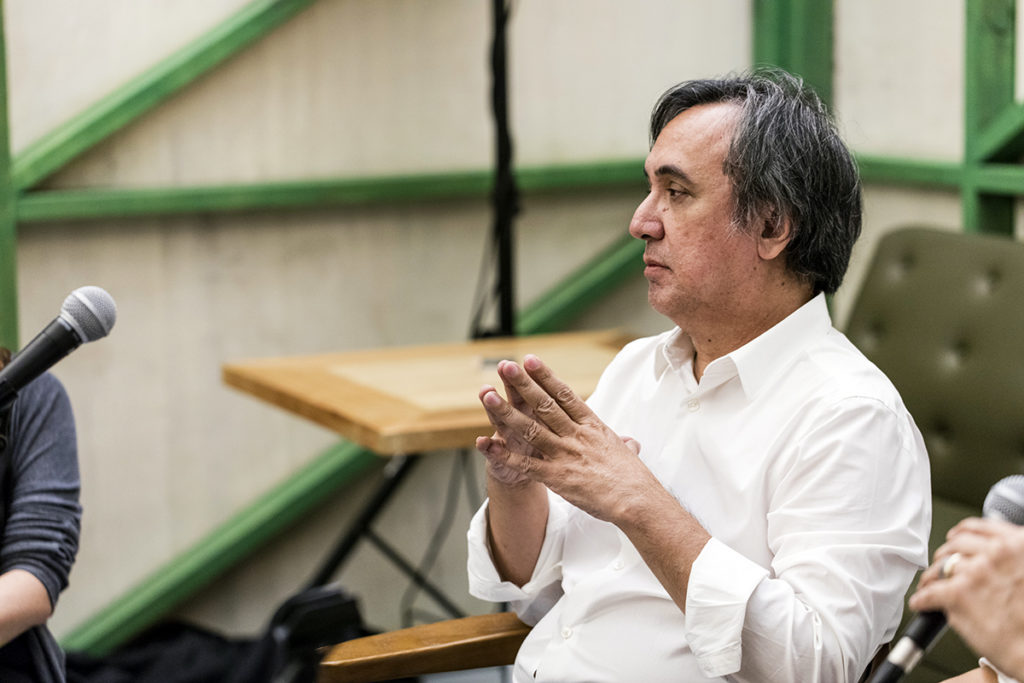
MT: Indonesia has a deeper coffee culture than us. It was occupied by the Dutch, who had brought coffee to Java so that’s why Java is synonymous with the drink. Indonesians have had a longer experience in planting coffee, and their coffees are also very complex because of the soil structure.
Sumatra, for example, has volcanic soil so the resulting flavors are very interesting. I think Indonesia has more to offer, basically, than we do—not that we’re putting down the Philippines but that’s how the situation is. Indonesia’s kopi luwak is known for its weirdness, honestly, and not because of its good taste. There’s a very low supply of this kind of coffee, hence it’s more expensive, but its [popularity] is absolutely not related to its taste.
If you’ve never had coffee, would you like to taste one that has been digested by an animal? Would that be your initial approach to coffee? If the Philippines is aiming towards better coffee, I definitely think better processing methods would work much better than getting an animal to digest it but that’s just me.
RF: It’s definitely weird, but if you’re asking if it’s consistently of high quality, then that would depend on the diet of the [civet] cats, which are omnivores. If you want to be grossed out further, these cats are also technically protein, so when you take in this coffee when it is in season, you’ll also be digesting some other animal along with it. I’m not against it, but it is definitely quite exotic.
CL: I think anything [relating to] coffee has to be sustainable. A good friend of mine, James Hoffman, said that “sustainable” means doing what you like to do for as long as you like to do it. Kopi luwak to me is more of something that was part of a tradition that also happened naturally through these animals. It was discovered accidentally, but when it grew into an industry, that changed the nature of the process.
I don’t support it personally, first because it uses animals, forces them. It is also doesn’t naturally occur anymore; it is something that humans are changing to make it more sustainable. To me, [having this unique product] is definitely something that could be considered as an advantage for Indonesia, but I think there are much more interesting things that can be done.
Originally published in F&B Report Vol. 13 Issue 1

